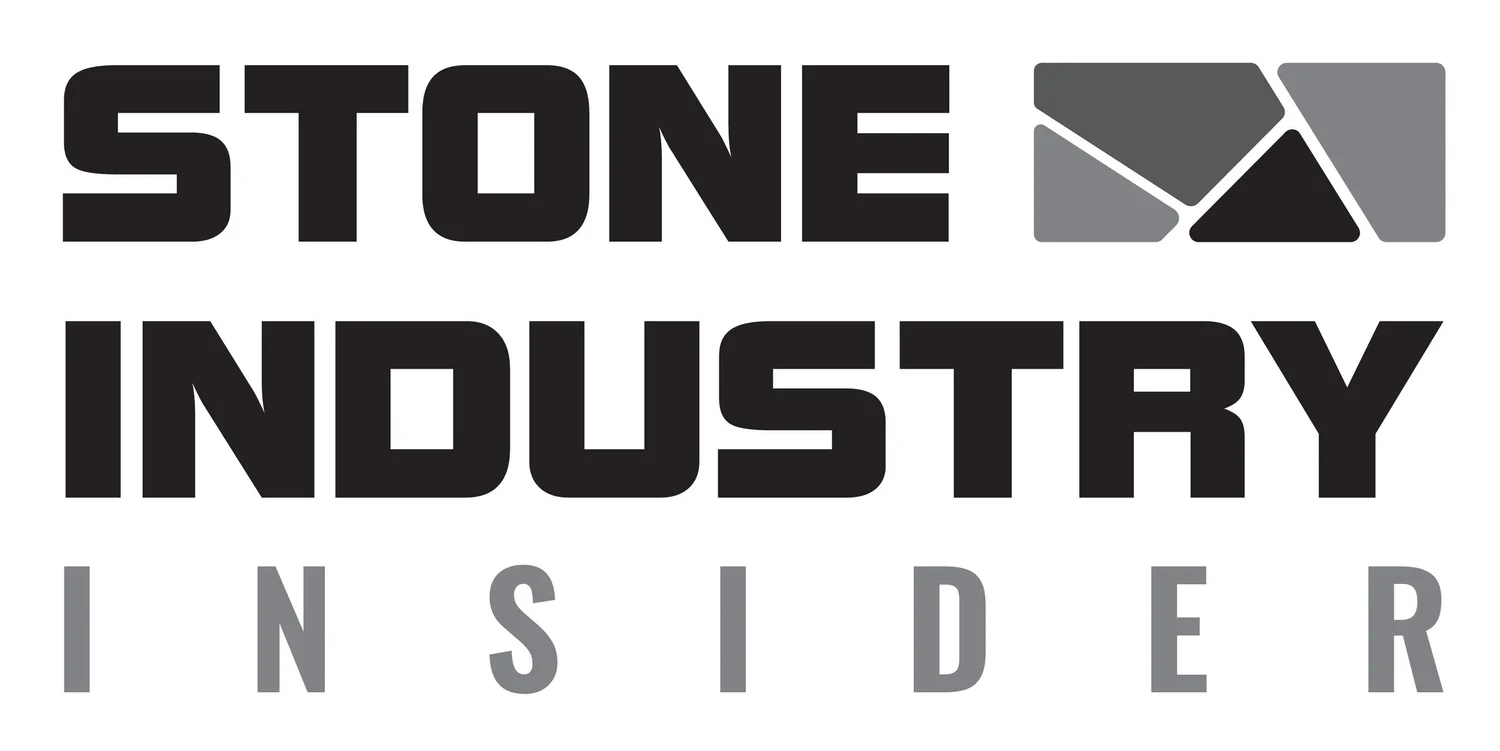Changing Customer Behavior Will Change What and How the Stone Industry Sells
The stone industry is seeing some shifts in larger trends that impact traditional uses for cut stone. I’d like to address two of them and offer some perspective.
First, colleges and universities in the US have long been large consumers of building stone. Academic, athletic, housing, and administrative buildings on many campuses feature natural stone. These universities are often old and prioritize keeping a consistent feel on the campus - and that means building with whatever materials were selected many years ago.
There are some headwinds facing higher education today. First, costs of attending have ballooned even faster than other expenses. Students today are questioning whether the return on investment is there for a traditional four-year degree.
Twenty-some-odd years ago when I was planning for life after high school, college was the obvious choice for me and for most of my peers. My parents’ generation pushed higher education - get a degree, then you’ll figure it out after that. This was great advice in the 1960s and 1970s, somewhat less-good advice in the early 2000s when I heard it and is downright awful advice now due to rising costs and decreasing return on investment for students.
Attending college is an investment, but a funny one in many ways. If you invest $200K in the stock market, you’ll generate a return. If you only invest $175K, you’ll get the exact same rate of return, but you’ll obviously have less money than if you would have invested the $200K.
If you invest $200K in getting a degree ($50K per year times 4 years), then that can generate a return in the form of higher career earnings - assuming you get a marketable degree from a reputable institution. But if you invest $175K in 3.5 years of college, you do not get a return comparable to the stock market example above. You have essentially the same career earnings prospects as a high school graduate, you’re just saddled with a substantial debt load to start your career.
Is College Still an Investment that Pays Off? How Does this Impact Building Projects on College Campuses?
The stigma around careers in the trades is gone - or at least going away quickly. When I was in high school, the vocational school was where all the kids who struggled with traditional classes went - or at least that was a common perception. These students were doomed to a life of tough manual labor - unless the jobs they were training for were about to be outsourced or made obsolete.
Well, the tables have turned and we’re now facing a huge shortage in the trades and Gen Z and Gen Alpha know it. Knowledge workers seem to be the ones currently at risk, as large swaths of the “college for all” crowd are now fighting to stay relevant and employed with the advent of AI. You know who’s not sweating AI? Plumbers, carpenters, auto body mechanics, and a whole host of other tradies. Who are the dummies now?
So, students are rethinking the value of a four-year degree, and can you blame them? And where does that leave universities? If student enrollment rates are going down, then they don’t need to keep building more academic, athletic, housing, and administrative buildings. The ones they have may be sufficient for their needs.
Additionally, the current Presidential administration has seemingly been eager to pick fights with some elite institutions - particularly the Ivy League. On a more local level, Indiana is cutting university programs and budgets. This is another factor causing uncertainty around higher ed. And institutions that are uncertain about their funding status aren’t likely to put up new buildings.
Another factor - with economic uncertainty donors may opt to fund smaller, fewer, or no buildings. I’m sure it’s nice to have your name on a dorm at your alma mater, but if all of your expenses are going up and you are concerned about wealth preservation during turbulent economic times, then that seems like a pretty simple budget cut to make.
Another use case for natural stone that has a cloudy future is memorials and monuments. The Greatest Generation and the Baby Boomers largely choose traditional burials and commemorative monuments. But what about younger generations? Gen X and Millennials are more likely to opt for cremation.
Changing Consumer Preferences Will Impact Companies Producing Headstones as More People Choose Cremation
With current demographics being what they are, this market should be fine for some time. But the time to find an alternative use for your products is coming and forewarned is forearmed.
So now what? If university building and memorial use are both declining, what should we do as an industry? I don’t have the answers, but I do know that consumer tastes and preferences are always changing.
In the Indiana limestone belt, there are a ton of small limestone ranch houses that were built in the 1960s or before. These would be impractical to build now, as the stone is expensive and the houses are small. So why bring this up? Well, it tells me that the industry has pivoted in the past and it can do so again in the future. At some point, we transitioned away from providing stone for modest ranch homes and started selling it to other users. We’ll pivot again.
We are in the early days of the largest wealth transfer in human history, as the Baby Boomers leave their inheritances to their Gen X and Millennial children. We as an industry need to find a use for our products that will appeal to these consumers. I don’t know what that is, but I do believe that’s where we need to be looking and who we need to appeal to in the future.


